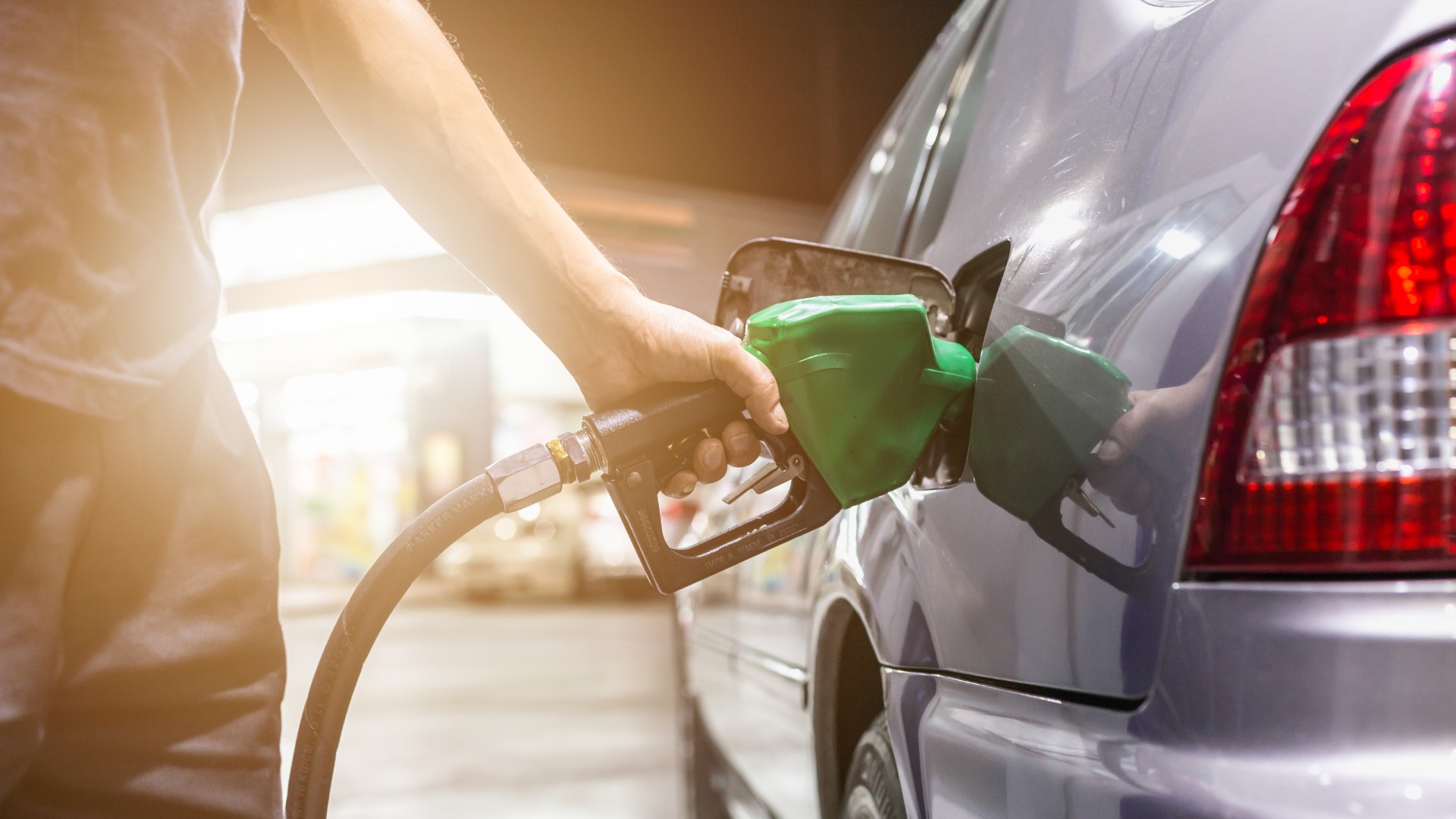
Where do you fill up?
The cost of fuel varies greatly depending on where you buy and who you’re buying from. Paying 123p per litre of petrol instead of 129p equates to 30p per gallon.
If your car manages 40mpg and you do 800 miles a month, that’s £6 back in your pocket – just by being picky about where you buy fuel.
We have an extensive guide and regularly updated guide to finding fuel at the right price.
How do you drive?
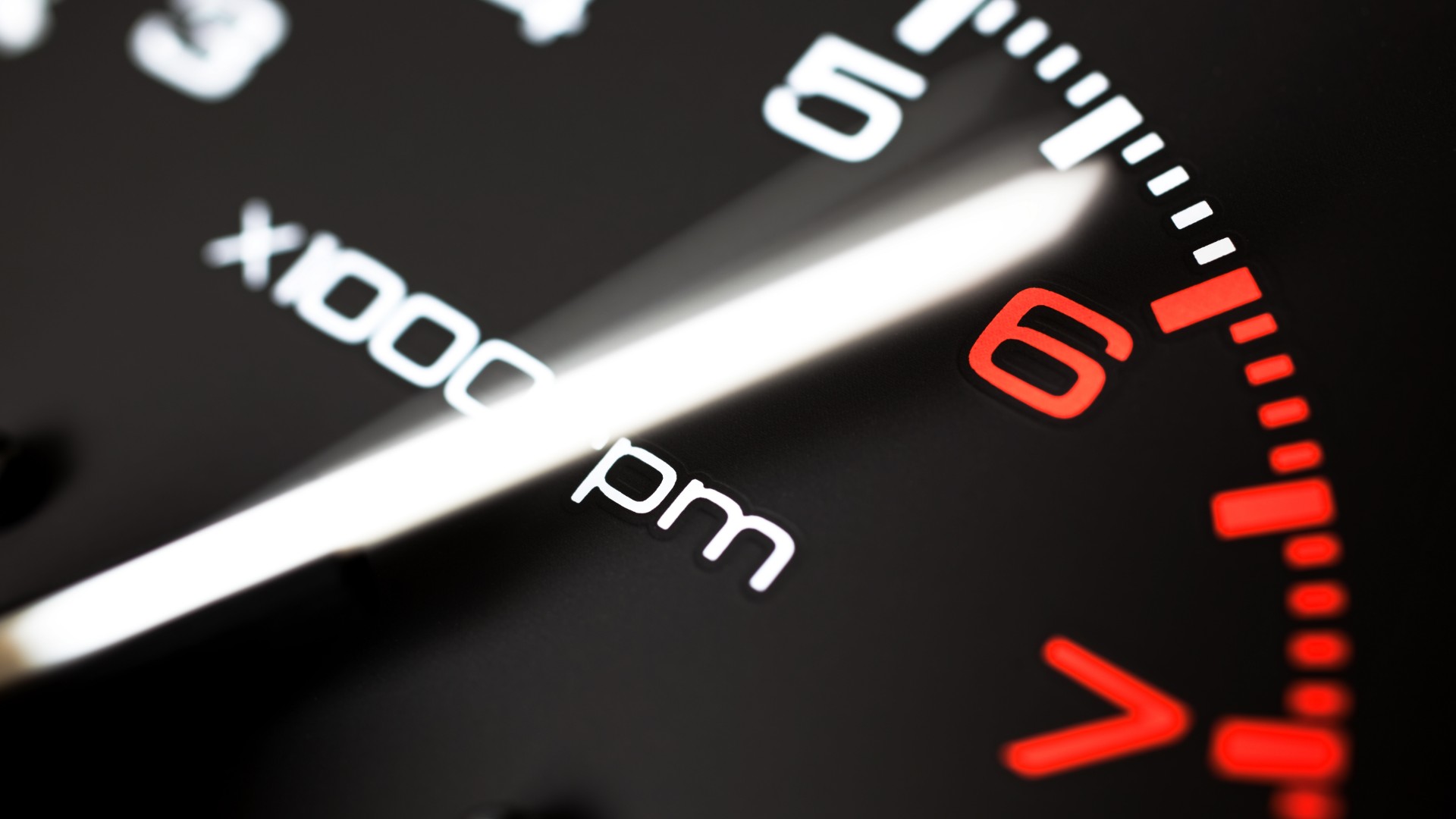
How you drive is the main factor in much fuel you use. Here’s how changing your behaviour can save you money.
- Speed
The easiest way to stop burning so much fuel is to slow down. A few miles per hour here and there can make a difference. Speed limits save your wallet as well as your licence.
Figures from the Department for Transport suggest that driving at a steady 50mph instead of 70mph can improve fuel economy by as much as 25 percent. You’ll use around 10 percent more fuel at 80mph than you will at 70mph, too.
- Engine revs
Don’t over-rev, either. Generally speaking, you’ll be able to feel in the rev range where your engine is most comfortable.
The Department for Transport recommends changing up a gear before the rev counter reaches 2,000rpm in a diesel car and 2,500rpm in a petrol. Read the road ahead to ensure you’re not in too high a gear for hills and roundabouts.
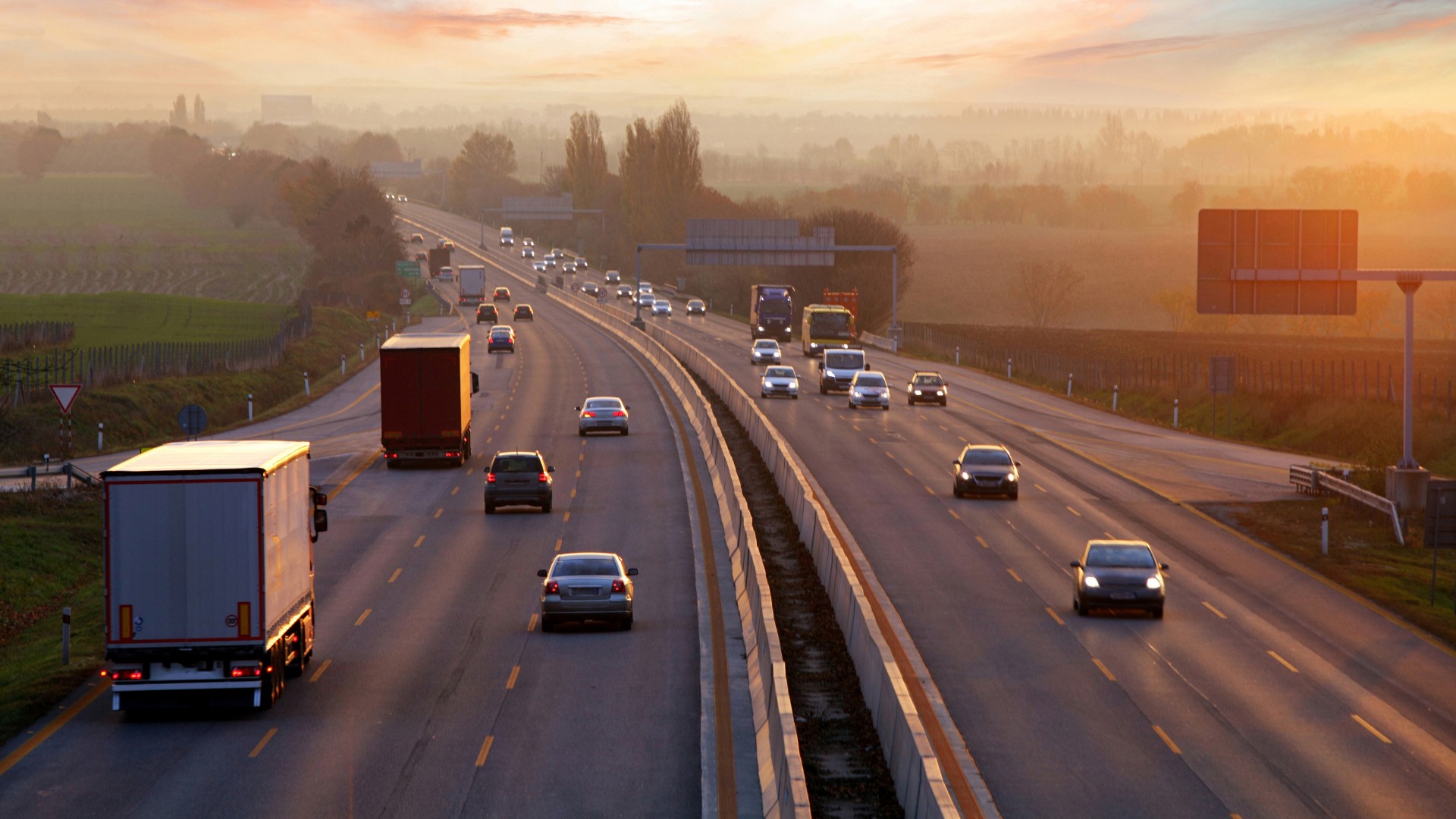
- Smoothness and preparation
By accelerating and decelerating in a smooth and relaxed manner, you can expect to save around 20 percent in fuel. Figures suggest that non-aggressive driving and anticipating the road ahead could see this rise to as much as 30 percent.
Anticipate where stops are coming and let off the throttle to coast down. Last-minute hard braking is a serious waste of energy, unless you’re driving a hybrid. Even then, there are precious yards of distance you were still using fuel where you could have been coasting.
Keep acceleration smooth, too. How close your right foot is to the floor directly relates to how much fuel is being pumped into the engine.
- Supermarkets join petrol and diesel price war
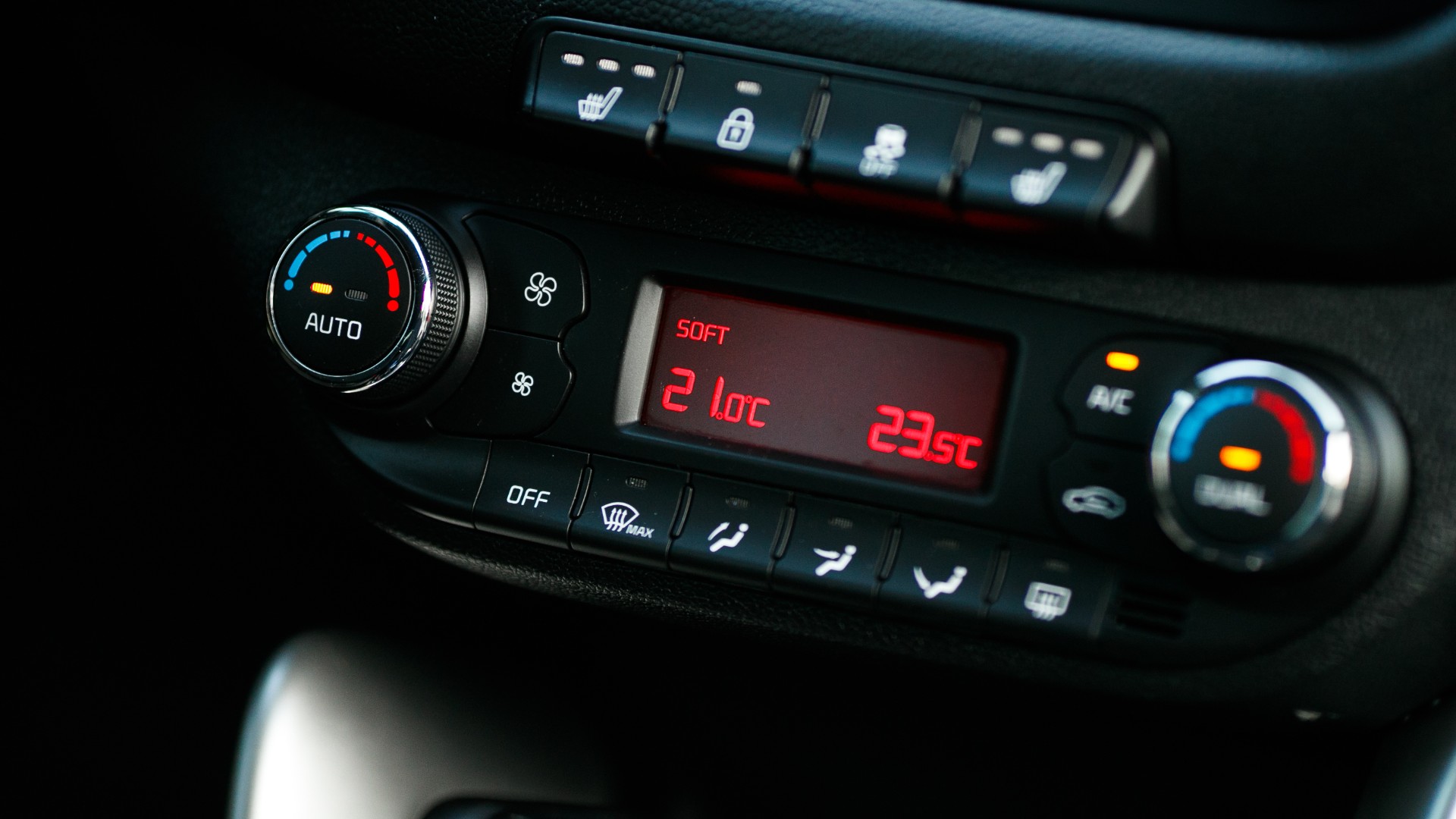
- Fuel-burning features
Turning off air conditioning will improve your fuel economy, but opening windows on the motorway could decrease it. As a guide, keep windows shut at speeds in excess of 60mph. In general, air conditioning will have the greatest impact on your economy at lower speeds, especially during city driving.
Remember, air conditioning can also help de-mist a car, so using it is preferable to leaving the car idling while you wait for windows to clear.
- Plan your journey
When you drive and which route you take can have as much of an effect on fuel consumption as how you drive. Avoid busy periods, plan shorter or less congested routes. Not only is driving on a clear road a joy, it’s also nice and efficient.
Apps like Waze and Google Maps can help with establishing the best route. And while we’re talking about planning, let’s circle back to ‘Where do you fill up?’ quickly. Whatever you do, don’t fill up at a motorway services. All this is for nothing if you wind up paying 10p a litre over the odds. Start with a cheap full tank and know where your fuel stops will be.
Do you look after your car?
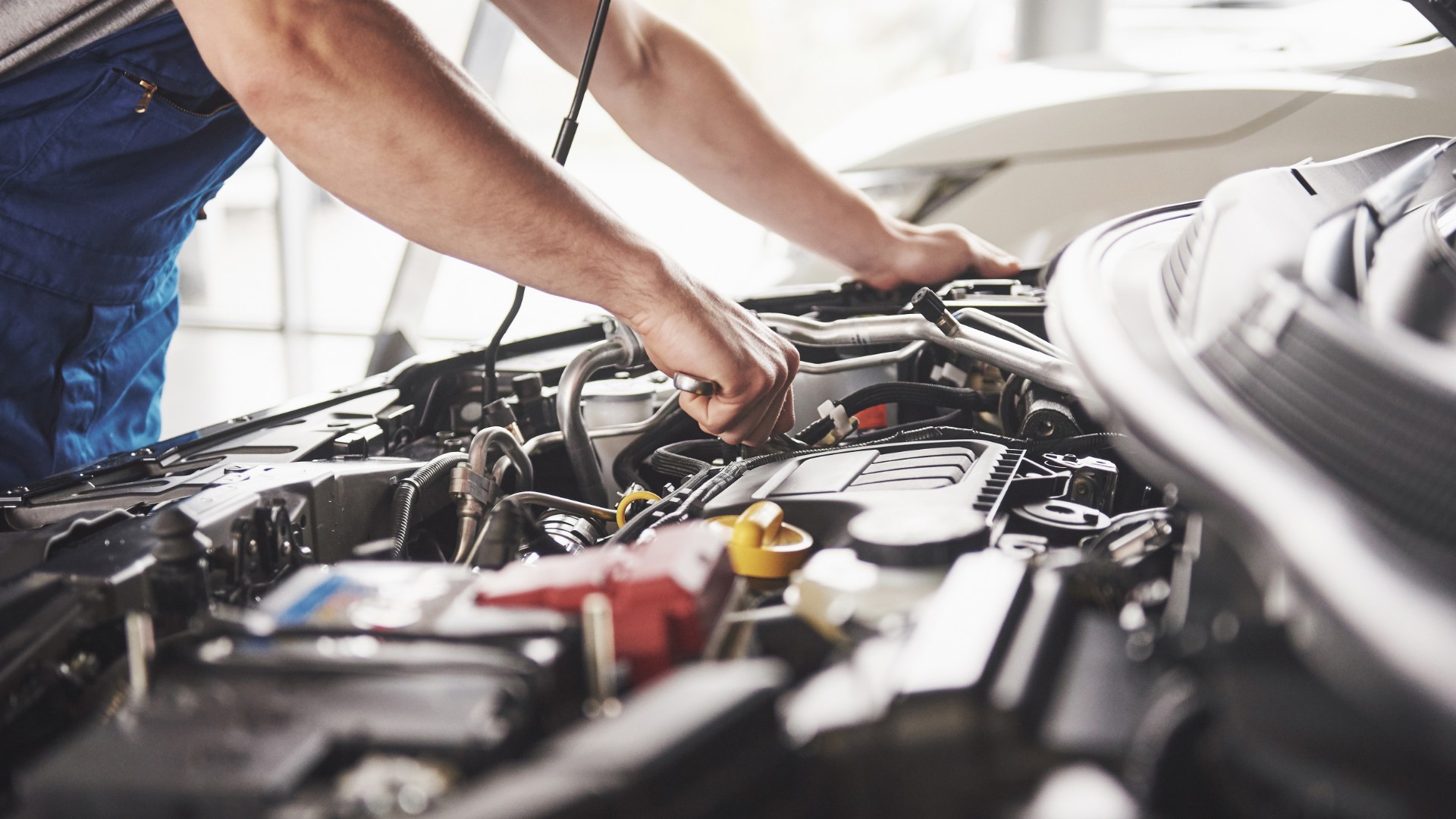
Look after your car and it’ll look after your wallet, both in terms of maintenance and fuel costs.
- Servicing
An engine is only efficient if looked-after. Sticking to service intervals and making sure your fluids are at the correct levels is essential for getting the best performance and economy. A well-maintained car will also last longer.
Consult your handbook to find out when your car is next due a service.
- Tyres
The tyres are the only bit of the car that touches the road, so they’re important to keep an eye on. Too little tread is dangerous, while too little air is dangerous and expensive.
Research by Continental suggests that tyres account for 20 percent of a car’s total fuel consumption, so it pays to take care of your rubber. Reduce rolling resistance by 10 percent and you can expect a 1.6 percent drop in fuel consumption.
Make sure you’re car is tracking straight, too, as incorrect alignment can cause unnecessary drag and wear on the tyres.11
- Sweden to ban petrol and diesel cars – as Germany feels the pressure
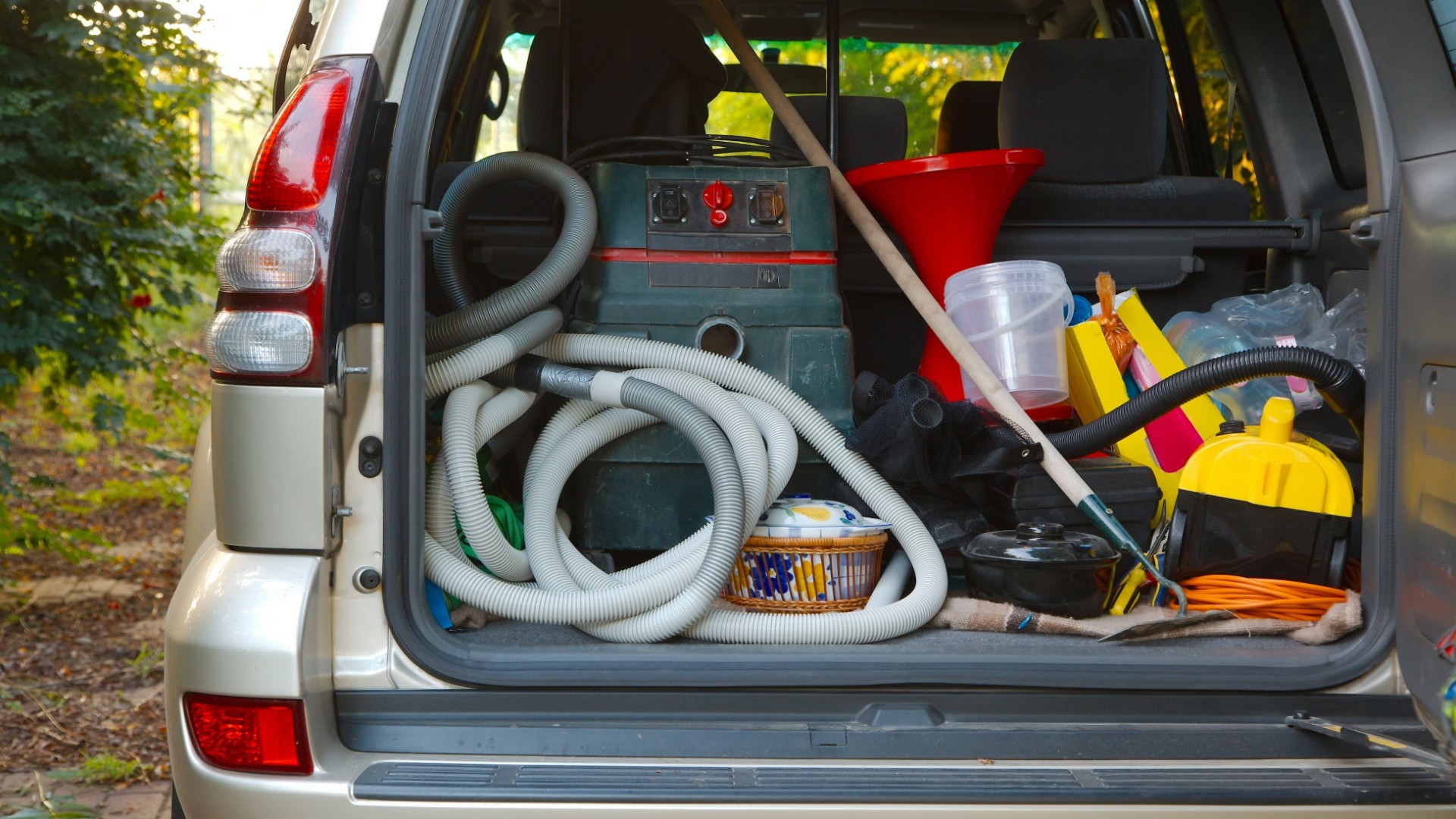
- Unnecessary weight
The more your car has to carry, the harder it has to work, which in turn leads to reduced fuel efficiency. While forcing the kids to get a gym membership might be a bit excessive, it’s worth ridding your boot of excess luggage.
The RAC says that, on average, every 50kg you carry will increase your fuel consumption by two percent. That’s based on the percentage of extra weight relative to the vehicle’s weight, so the smaller the car, the greater the effect.
- Remove the roof rack
Anything that reduces your car’s aerodynamic performance will have a negative impact on fuel consumption. More figures from the RAC suggest that even an empty roof rack can increase fuel consumption by 10 percent.
Add the additional weight of a fully-loaded roof rack and the net result could seriously hamper your chances of saving money. If it’s not being used – remove it. And that includes the roof bars, too.